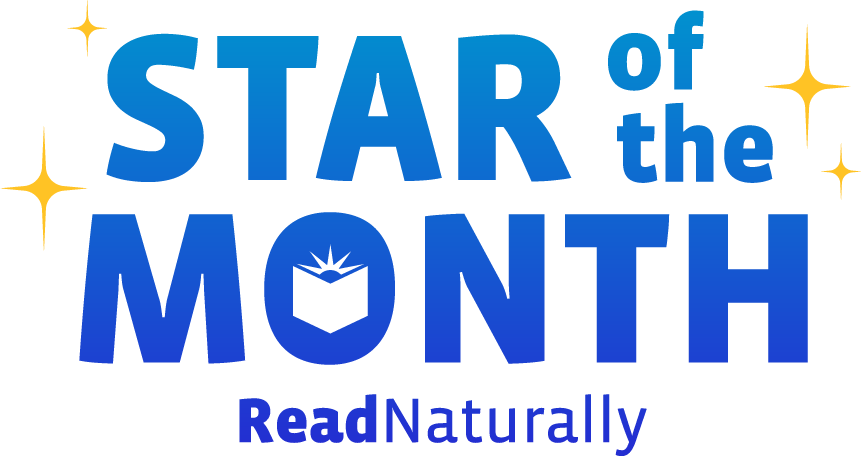Literacy researcher Dr. Jan Hasbrouck developed Quick Phonics Screener (QPS) because she needed a systematic and efficient way diagnose students’ strengths and instructional needs in phonics. QPS measures a student’s ability to recognize, decode, and pronounce all phonics elements from letter names through four-syllable words.
Read more Last year, we asked you to share feedback about what makes parent-teacher conferences successful. Thank you to all the teachers and parents who responded! Here is a compilation of the advice we received--the list includes everything from how to provide parents flexibility in scheduling to why it's important to have a variety of jelly bean flavors. Please read and enjoy this timeless advice!
Read more When I first started teaching, I knew that independent reading was important. I knew I wanted to give my students the opportunity to read something on their own that they loved, but I didn’t realize the need to be specific and intentional in this practice. Because of this, I would provide time for “free reading” or “DEAR (Drop Everything and Read) Time” on a regular basis. However, it didn’t always go as planned. From time to time, I would have students flipping through pages of the book (not reading). Some students played in their desks during this time. I even had a student or two fall asleep. As a new teacher, I knew I needed to provide opportunity for more focused reading, but I didn’t know how to make that happen. I was frustrated with myself and my students.
Read more We have just about made it through the first semester of the school year, and we want to make certain that we are teaching our students vocabulary skills to the highest level possible. Among the very common questions we contemplate throughout the school year, there are always those questions of how we can reach our students and increase their level of mastery. How can we have our students dig deeper and increase their level of mastery?
Read more If your students have been properly trained in the Read Naturally program, and if you’ve checked their initial placement (Encore or Read Naturally Live), you’re now entering the sweet spot of a Read Naturally intervention. This is when your students’ progress and confidence will really start to soar. You now have the important task of monitoring their performance to accelerate learning.
Read more It is a remarkable thing to witness students improving in their reading fluency. Sometimes you can hear the difference from one day to the next. Students can hear the difference in their own voices too. More importantly, they can feel it—and it’s this feeling of confidence that motivates them to work even harder. The purpose of a Read Naturally intervention is for students to make as much fluency growth as possible from day to day, week to week, month to month. As an educator, how can you support and maximize this growth?
Read more If you work with beginning or developing readers, chances are you’ve encountered a student who has difficulty identifying certain lowercase letters. While uppercase letters are more easily distinguished, lowercase letters like b, d, p, and q—which look very similar—tend to cause confusion.
Read more There are certain kids who want to do everything fast. Do you know any? Their inclination to race through the world seems built into their DNA, and it’s not necessarily a bad thing. These kids are often eager to raise their hands, respond to problems, and try new things (not to mention excel in sports like Track & Field). But, as you know, these kids often need to be taught to slow down in their schoolwork. Putting forth their best effort is more important than being the first to finish.
Read more Placement is one of the most important tasks you’ll do as a Read Naturally educator. When a student is working in the correct level of material with an appropriate goal, he or she will be able to make optimal gains in reading. While it is the student’s responsibility to work toward these gains, it is your responsibility to determine the correct level and goal.
Read more What does active engagement really look like? A student might appear focused on a task—especially a task that involves a screen—but the kind of engagement that leads to deep learning might still be lacking. At Read Naturally, we have a special interest in student engagement. We know that active engagement is crucial to progress in reading. Therefore, we have designed all elements of our curricula to foster sustained student engagement.
Read more  Share your student’s success story—nominate him or her for our Star of the Month award. Win a Barnes & Noble gift card for the student and a Read Naturally gift certificate for your class!
Share your student’s success story—nominate him or her for our Star of the Month award. Win a Barnes & Noble gift card for the student and a Read Naturally gift certificate for your class!